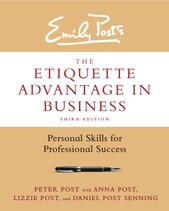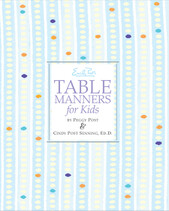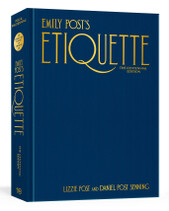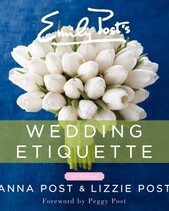
Communication Etiquette
Our communication skills are a main hallmark of our professionalism and provide an important opportunity not only to deliver a message but also to build a relationship as well. May include: general points on active listening and awareness of whether an email or phone call is private or public (the headline or bulletin board rule). Email: email best practices are reviewed, including spelling, grammar, subject lines, salutations, closings, signature block, formality, reply all, cc/bcc, emoticons, and text abbreviations; what it means to have a healthy communication diet; when to resolve a concern in-person as opposed to via email; email fiasco examples; timeliness of replies. Phones and smartphones: when to take or not take cell phone calls; smartphones in meetings; best practices regarding messages sent from smartphones; taking and leaving phone messages; video and conference call best practices. Handwritten thank-you notes: under what circumstances a handwritten thank-you note should be sent; best practices, including using a date, ink color, appropriate stationery, and whether or not to enclose a business card; a sample thank-you note.
Contact Us
Find
out how The Emily Post Institute can work with you to build meaningful
training experiences that encourage audiences to use etiquette as a tool
for personal growth. Cultures of civility and respect begin with small
actions.

Please contact Daniel Post Senning for more information on
program details, presenter availability and pricing by filling out our
contact form. [email protected]
Communication Etiquette








